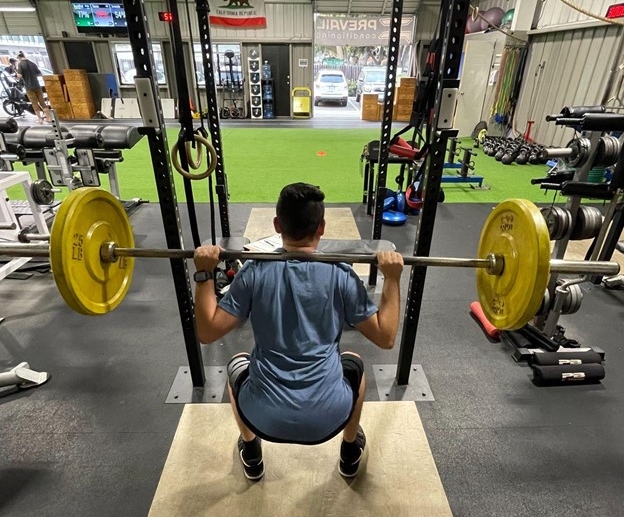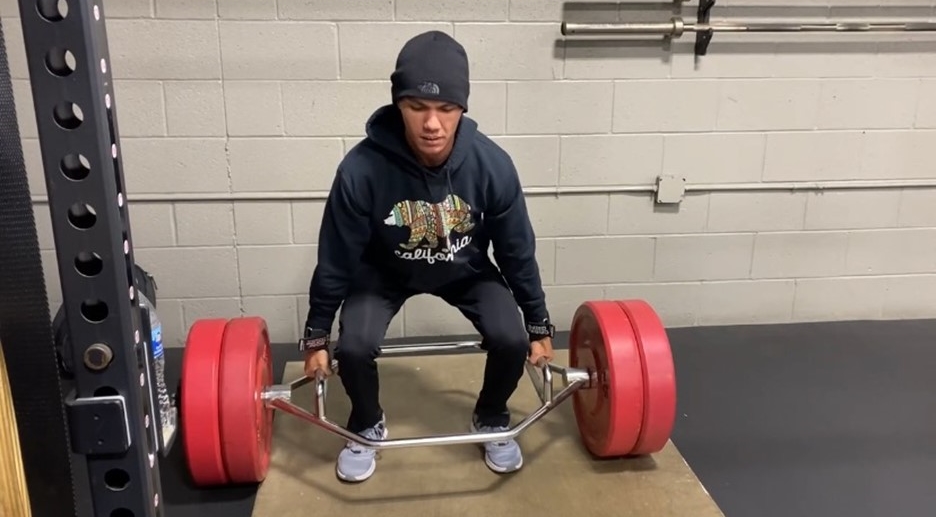Even though it is difficult to know exactly what is going on with a particular athlete at a given time, there are some governing principles that can explain the phenomena of bruising that occurs without the inclusion of acute trauma.
In the Western Medical model, bruising is the result of blood moving outside of the vessels in a given area of the body. Normally, this occurs as a result of acute trauma that physically damages the smaller vessels and causes a breach in the vessel wall that allows for blood to seep out and pool in the interstitial spaces around tissues. This blood is darker in color since it does not circulate very well, which creates the typical appearance of a bruise. Normally the body repairs the breach in the vessel wall by depositing clotting factors that rebuild the broken tissue and then reabsorbs the excess blood over time.
If you bruise easily without first experiencing acute trauma (like using a vibrating foam roller) that could indicate that your body is not able to tolerate the combination of pressure and vibration which could push blood out of vessels if they are too deficient to maintain their integrity. This could be caused by a nutritional deficiency, like for example Vitamin K, which is used in the synthesis of platelets in the blood, or perhaps a genetic condition, which leaves the vessels prone to hemorrhaging. Another angle to consider is the presence of blood thinning medication in that individual, which could make them more prone to bleeding episodes.
In the perspective of Traditional East Asian Medicine, people who bleed easily have a deficiency of digestive Qi, called “Spleen Qi.” Spleen Qi, among other functions, is responsible for helping the vessels hold blood in its proper place. Spleen Qi is responsible for many “holding” functions in the body, including keeping organs in place, maintaining posture, and preventing prolapses. People who are Spleen Qi deficient will experience a varying degree of symptoms which could include: fatigue, lack of appetite, low quantity/quality of blood, excessive bruising, muscle weakness, and digestive difficulties to name a few. What is particularly interesting is that Spleen Qi is responsible for nourishing the muscle of the body, especially in the extremities. Aggressive foam rolling after a tough workout could promote bruising in some people because some of the Spleen Qi is already exhausted from exercise and the remaining amount cannot do enough to keep the blood in the vessels.
The answer in both cases is to ensure that an adequate nutrition plan is in place to both feed the body and boost the strength of Spleen Qi. This will serve to enhance digestive strength, improve muscular performance, and reduce the likelihood of any excessive bleeding episodes in the future. Beyond an ideal nutrition plan, acupuncture and herbal medicine can further strengthen the Qi of the Spleen and help it perform the functions it needs to, while also improving the levels of energy, quality of blood, regulate appetite, and improve strength.
Traditional East Asian medicine is a huge world of information, but I hope this was helpful in shedding light into some questions that you may have had or observations you have made.
To your health!
Diego Garcia
MAcOM, CSCS
About the author:
Diego Garcia – Performance Coach
MAcOM, BS, CSCS
Diego comes from a varied background of fitness and martial arts including resistance training, acrobatics, Capoeira, saber fencing, hand-balancing, and high intensity interval conditioning. As a coach, Diego acknowledges the mental and spiritual transformation that goes hand-in-hand with athletic training and helps cement positive habits into real personality traits. Whatever your training goals may be, Diego can help you find the safest and most effective path to realizing your fitness dreams.



